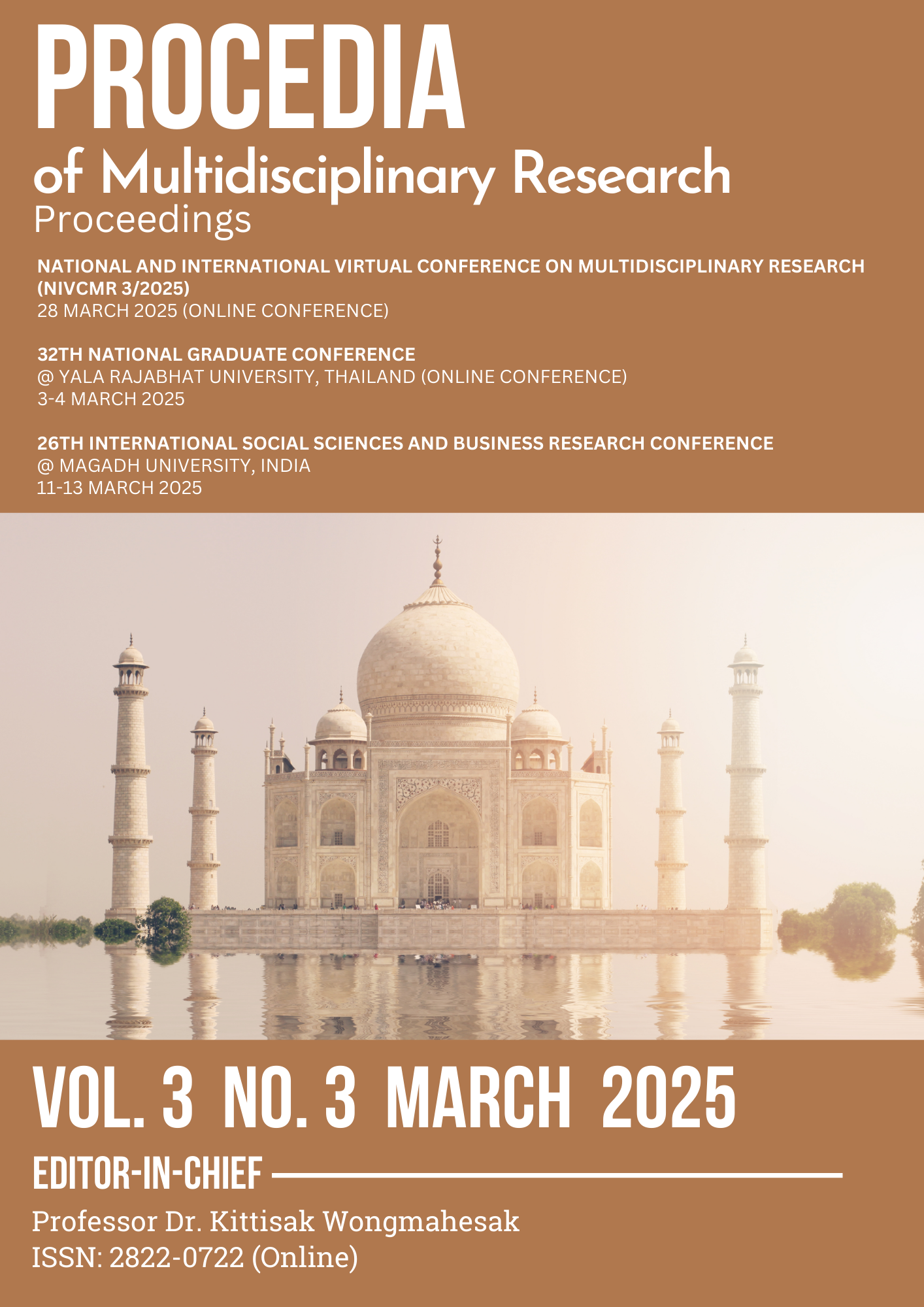THE EFFECT OF HYDROXYAPATITE TOOTHPASTE ON THE LESION DEPTH OF ARTIFICIAL INITIAL INTERPROXIMAL CARIES ADJACENT TO DIFFERENT RESTORATIVE MATERIALS
Abstract
The objective was to compare the effects of toothpaste containing hydroxyapatite on the lesion depth of artificial initial interproximal caries adjacent to resin composite and glass ionomer cement. Specimens were prepared from the human upper premolars and embedded in acrylic bases. Artificial caries lesions were created within a window size of 1x1 mm. The specimens were randomly assigned to 4 groups according to restorative materials and toothpaste (n=10/group): group I resin composite + fluoride toothpaste, group II resin composite + fluoride and hydroxyapatite toothpaste, group III glass ionomer cement + fluoride toothpaste, and group IV glass ionomer cement+ fluoride and hydroxyapatite toothpaste. The specimens were subjected to a 14 days pH cycling at 37°C. The lesion depth was quantified using micro-CT and analyzed with the ImageJ software. A paired t-test was conducted to evaluate the differences in the lesion depth of artificial caries before and after pH cycling within each group. The differences in the percentage of lesion depth change between the groups were compared using the Welch's ANOVA followed by the Games-Howell post hoc test (P < 0.05). The findings revealed no statistically significant difference in the percentage change of lesion depth between fluoride toothpaste and fluoride toothpaste containing hydroxyapatite toothpaste (p > 0.05), when compared within the same restorative material group.
Downloads
Published
Issue
Section
License

This work is licensed under a Creative Commons Attribution-NonCommercial-NoDerivatives 4.0 International License.







.png)

